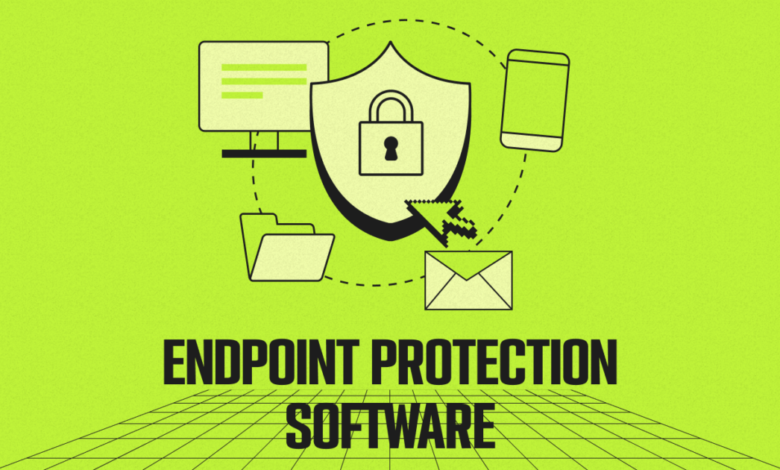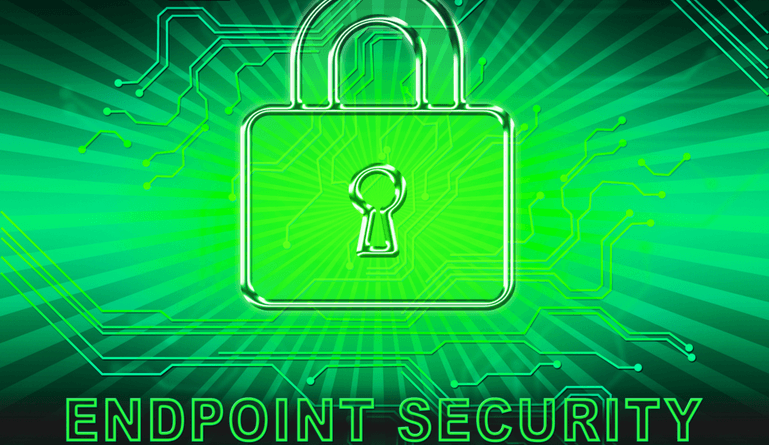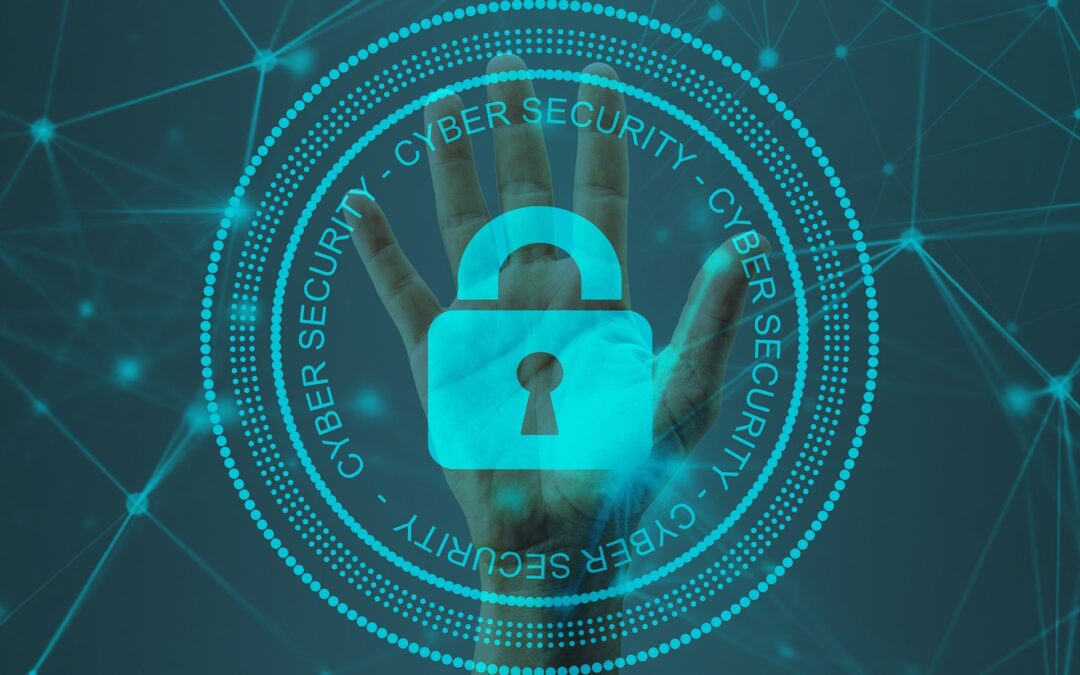Endpoint Protection Software: Safeguarding Your Business Devices in 2025

In today’s digital world, businesses are increasingly dependent on a variety of devices, from desktop computers and laptops to smartphones and tablets, to access and process critical information. These endpoints, or devices, serve as the gateway to an organization’s network, making them prime targets for cybercriminals. Endpoint protection software has become an essential tool in safeguarding these devices from a range of cyber threats. In this article, we will explore what endpoint protection software is, how it works, and why it is vital for businesses in 2025.
What is Endpoint Protection Software?
Endpoint protection software refers to a set of security solutions designed to monitor, manage, and secure the endpoints or devices that connect to a company’s network. These devices are typically the primary point of entry for cyberattacks, including malware, ransomware, phishing, and data breaches. Endpoint protection aims to detect and block threats before they can compromise the integrity of the network and steal sensitive data.
Unlike traditional antivirus software, endpoint protection software provides comprehensive protection across all devices within the organization. It not only focuses on detecting and eliminating known threats but also proactively prevents the introduction of new, emerging threats. With the rise of remote work and the increasing use of mobile devices, endpoint protection software has become more crucial than ever.
Key Features of Endpoint Protection Software
- Real-Time Threat Detection and Prevention
One of the primary functions of endpoint protection software is to monitor devices for suspicious activity and malicious behavior. This includes monitoring incoming network traffic, file downloads, and system processes. The software uses signature-based detection, heuristic analysis, and machine learning to identify known and unknown threats in real-time.
For example, if a user unknowingly downloads a malicious file or visits a compromised website, the software can immediately detect and prevent the threat from infecting the device. This proactive detection helps prevent data breaches, system compromise, and the spread of malware across the network.
- Antivirus and Antimalware Protection
Endpoint protection software provides robust antivirus and antimalware capabilities that are essential for identifying and eliminating malicious programs. It scans files, emails, and attachments for known malware signatures and removes them from the system.
Most endpoint protection solutions also offer advanced antimalware protection that goes beyond signature-based detection. Using heuristic analysis and behavioral-based detection, the software can identify new and unknown threats, including zero-day attacks, that traditional antivirus programs may miss.
- Firewall Protection
A built-in firewall is an essential feature of endpoint protection software. The firewall monitors incoming and outgoing network traffic, blocking malicious or unauthorized access attempts. By enforcing strict rules and filtering out dangerous traffic, the firewall helps secure endpoints from external threats and ensures that only legitimate traffic is allowed to enter the network.
- Data Encryption
Data encryption ensures that even if an endpoint device is compromised or stolen, the data remains secure. Endpoint protection software often includes encryption tools to protect sensitive information, both during transmission and while at rest on the device.
Encryption helps businesses comply with data protection regulations, such as the General Data Protection Regulation (GDPR) and Health Insurance Portability and Accountability Act (HIPAA), by ensuring that personally identifiable information (PII) and other sensitive data are properly secured.
- Device Control and Management
Many endpoint protection solutions offer device control and management features that allow administrators to control which devices are connected to the network. This includes restricting the use of USB drives, external hard drives, and other peripherals that could introduce malware or facilitate data theft.
Device management tools also allow businesses to ensure that all endpoint devices are running the latest security updates and patches. Administrators can remotely monitor and manage devices to ensure they are compliant with security policies.
- Remote Monitoring and Management
Remote monitoring and management (RMM) is a valuable feature that enables IT administrators to monitor endpoint devices remotely. This feature is particularly useful for businesses with a remote workforce or multiple office locations.
With RMM, IT teams can quickly identify and respond to security incidents, such as malware infections or unauthorized access, without needing to be physically present at the device. RMM also allows for the remote installation of security updates, patches, and software, ensuring that endpoints are always up-to-date with the latest protections.
- Advanced Threat Intelligence and Analytics
Endpoint protection software often incorporates advanced threat intelligence and analytics capabilities to enhance its detection and response capabilities. By integrating with global threat intelligence feeds, the software can stay updated with the latest attack trends, techniques, and vulnerabilities.
This real-time intelligence helps endpoint protection systems identify emerging threats faster, enabling businesses to respond before an attack can cause significant damage. Analytics tools also provide detailed insights into the security posture of the organization, helping administrators identify vulnerabilities and optimize defenses.
Also Read: AI in Cybersecurity: Enhancing Protection in the Digital Age

Benefits of Endpoint Protection Software
- Comprehensive Protection for All Devices
One of the primary benefits of endpoint protection software is its ability to provide comprehensive protection across all types of devices. Whether employees are using desktops, laptops, tablets, or smartphones, endpoint protection ensures that all devices are secured against cyber threats. With the rise of Bring Your Own Device (BYOD) policies and remote work, this level of protection is more important than ever.
- Enhanced Productivity
Endpoint protection software works in the background, allowing users to continue their work without interruptions. Unlike traditional security solutions that may cause system slowdowns or performance issues, modern endpoint protection tools are designed to be lightweight and efficient. This allows employees to stay productive while maintaining a secure environment.
- Reduced Risk of Data Breaches and Cyberattacks
By implementing endpoint protection software, businesses can significantly reduce the risk of data breaches and cyberattacks. Real-time threat detection, malware protection, and data encryption help prevent sensitive data from being compromised. With automated security updates and proactive monitoring, businesses can stay one step ahead of cybercriminals.
- Compliance with Regulations
Businesses are increasingly subject to strict data protection regulations, such as GDPR, HIPAA, and PCI DSS. Endpoint protection software helps organizations meet these regulatory requirements by securing endpoints and ensuring that sensitive data is properly encrypted and protected.
- Cost-Effective Security Solution
Endpoint protection software is a cost-effective solution for businesses of all sizes. By consolidating multiple security features into a single platform, businesses can reduce the need for disparate security tools and streamline their cybersecurity efforts. Additionally, the software’s automated updates and monitoring features reduce the workload for IT teams, saving time and resources.

Challenges of Endpoint Protection Software
- Complexity of Management
While endpoint protection software provides powerful security features, managing and configuring it across a large number of devices can be complex. Businesses with a large workforce or diverse range of devices may need dedicated IT staff to ensure that endpoint protection is properly deployed and maintained.
- Performance Overhead
Although modern endpoint protection software is designed to be efficient, there may still be some performance overhead, especially on older devices or systems with limited resources. Businesses need to balance security with performance to ensure that devices continue to operate smoothly while remaining protected.
- Cost of Implementation
While endpoint protection software is generally cost-effective, some solutions can be expensive, particularly for small businesses. The cost of implementation, along with ongoing management and maintenance, may be a consideration for businesses with limited budgets.
Conclusion: Securing Your Business Endpoints in 2025
Endpoint protection software is an essential component of any modern cybersecurity strategy. As businesses continue to embrace remote work, cloud computing, and BYOD policies, the security of endpoint devices becomes more critical than ever. By implementing robust endpoint protection, businesses can safeguard their devices from a wide range of cyber threats, including malware, ransomware, and data breaches.
In 2025, businesses must stay proactive in protecting their endpoints, ensuring that all devices are secure and compliant with regulatory requirements. Endpoint protection software provides businesses with the tools they need to detect, prevent, and respond to cyber threats in real-time, ultimately reducing risk and maintaining the confidentiality, integrity, and availability of critical business data.




One Comment